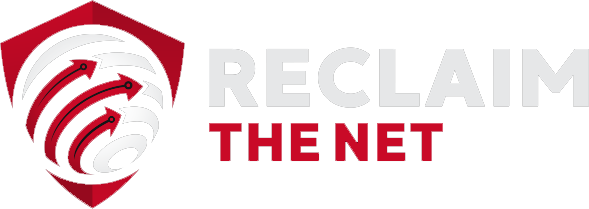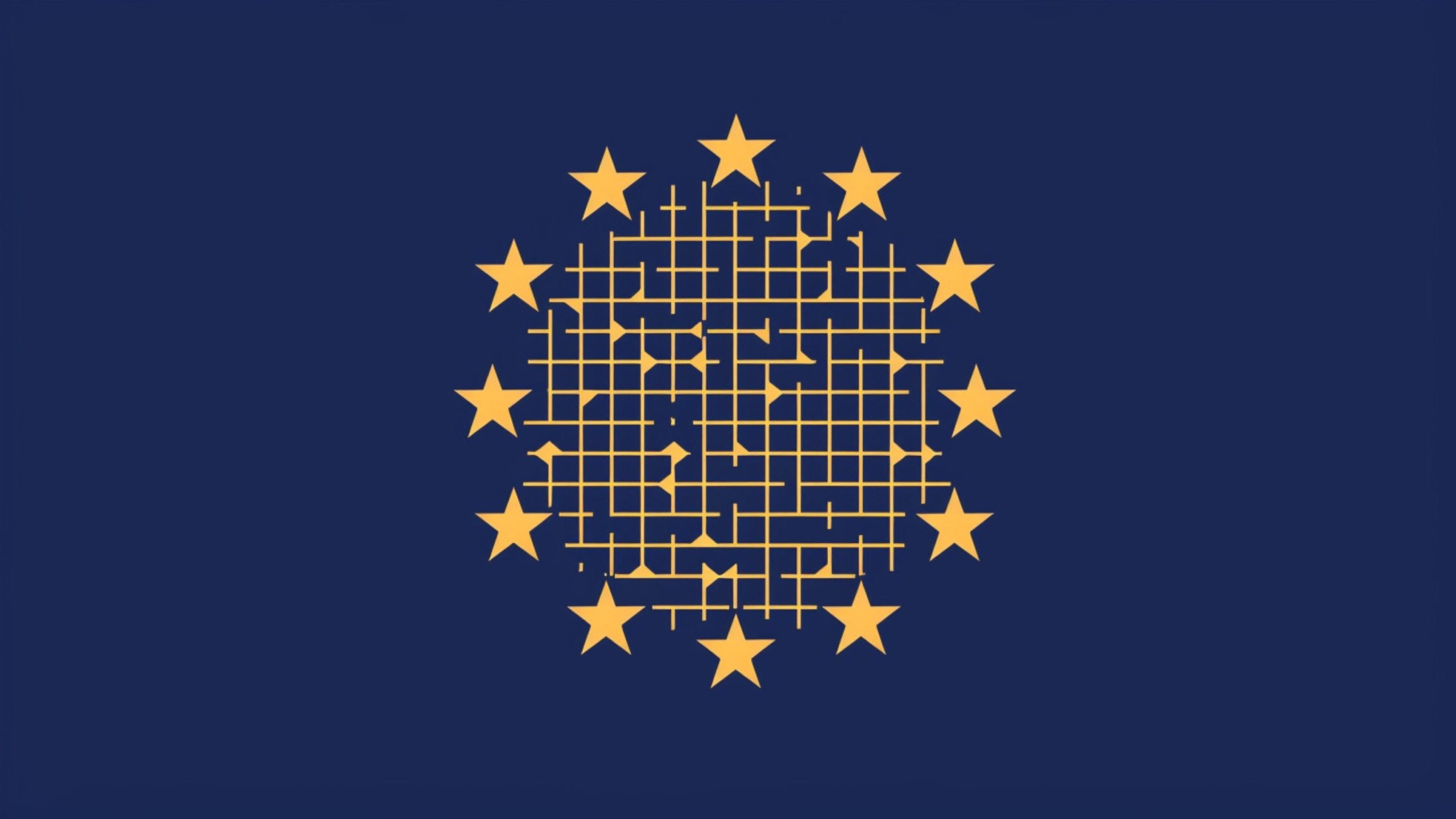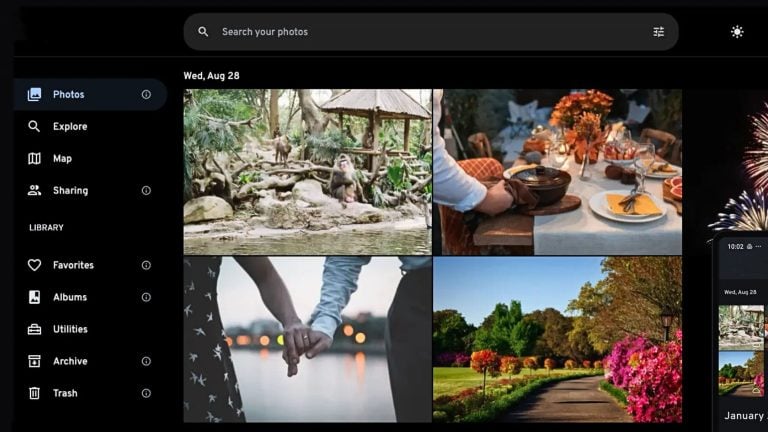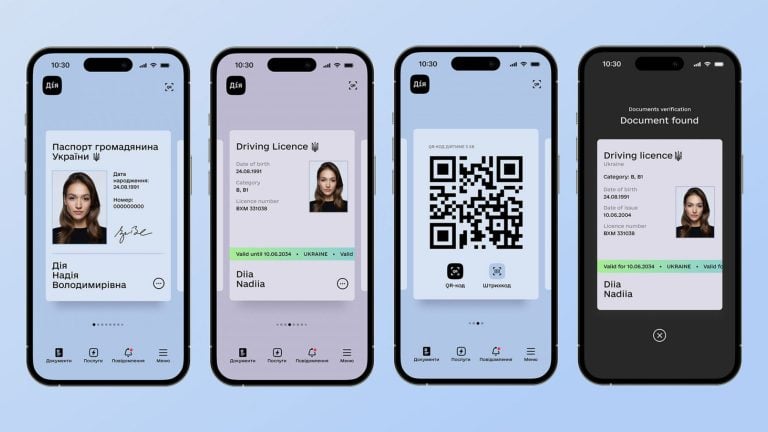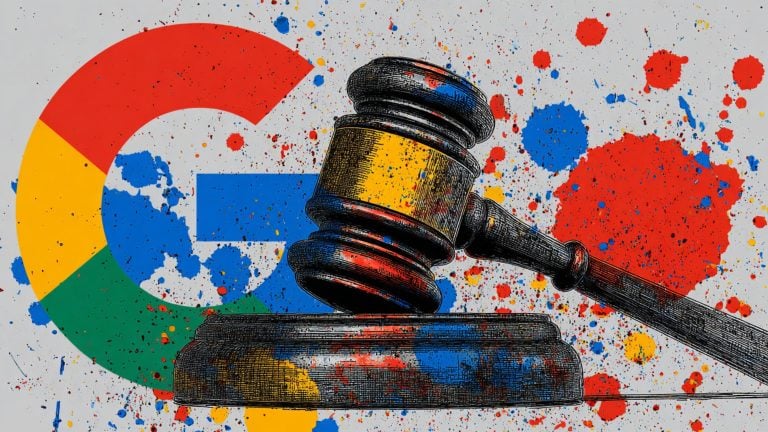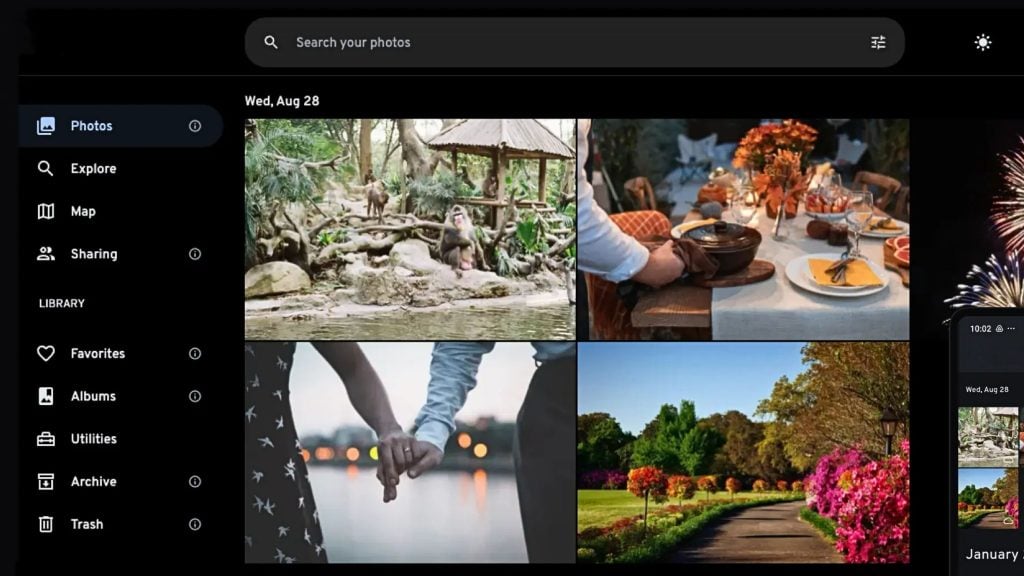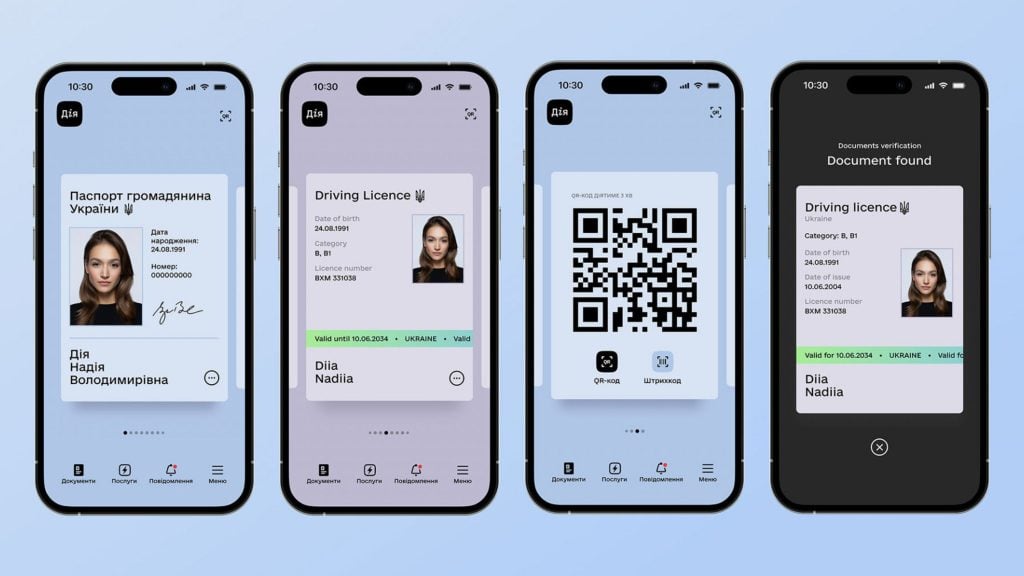As the European Union lays the groundwork for a sweeping overhaul of its audiovisual media regulations, the European Council is doubling down on its campaign to police online speech, draped in the familiar language of “safety” and “harm reduction.”
In a set of draft conclusions ahead of the 2026 review of the Audiovisual Media Services Directive (AVMSD), the Council is urging the European Commission to expand regulatory oversight over video-sharing platforms like YouTube and TikTok, demanding stricter measures to counter what it vaguely labels “disinformation” and “societal risks.”
We obtained a copy of the draft conclusions for you here.
Under the surface of these bureaucratic formulations lies an unmistakable effort to entrench centralized control over online speech across the EU. While dressed as a protective measure, especially toward children and young people, the Council’s recommendations represent a coordinated push to tighten the screws on independent voices, alternative narratives, and the chaotic, open nature of internet communication.
Wrapped in vague definitions and bolstered by expanding EU digital legislation, these proposals are paving the way for a more surveilled, less spontaneous digital public sphere.
Particularly troubling is the call for the Commission to “engage regularly with Member States” to assess how very large online platforms (VLOPs) comply with self-regulatory codes meant to eliminate what the EU designates as “harmful content.”
This not only formalizes political pressure on private platforms to suppress speech but does so under a self-justifying cycle where the same institutions define both the problem and the acceptable solution.
The Council also throws its weight behind efforts to classify influencers and independent content creators as formal audiovisual media providers. If adopted, such a move would bring an entire ecosystem of decentralized communication under a regulatory regime designed for legacy broadcasters. This is not about leveling the playing field. It is about reining in anyone who communicates outside the narrow channels of state-sanctioned media.
“In an ever-changing media landscape, we need rules that are both robust and adaptable,” stated Hanna Wróblewska, Polish Minister for Culture and National Heritage.
“Today’s conclusions highlight the most pressing challenges facing the EU’s audiovisual media sector and call for an approach that will ensure all our citizens are protected from harmful content for years to come.” The sentiment may sound benign, but in practice, “robust” rules often translate into bureaucratic tools for censorship, and “adaptability” into a blank check for regulators to constantly redraw the boundaries of permissible expression.
The Council’s emphasis on combating “foreign information manipulation and interference” (FIMI) also deserves scrutiny. While it invokes threats from abroad, the solutions offered inevitably point inward, toward greater institutional control over speech flows within Europe. The specter of “foreign influence” has long served as a justification to erode civil liberties, and in this context, it becomes a pretext to further entangle state actors in decisions about what citizens can see, share, and say.
The AVMSD was never intended to be a speech-regulating weapon. It was built to coordinate standards across media markets, not dictate what truths may circulate. Yet the Council’s conclusions betray a shift away from this principle, echoing a broader authoritarian drift in the EU’s digital policymaking. Initiatives like the Digital Services Act and the European Media Freedom Act are increasingly being used to empower unelected bodies to interfere in editorial processes and curate public discourse under the banner of safety.
Calls for “media literacy,” “pluralism,” and “support for journalistic standards” now serve as euphemisms for state-aligned narratives. Rather than equipping citizens to think critically, these measures promote compliance with officially approved information streams while marginalizing dissent, satire, and counter-establishment viewpoints.
